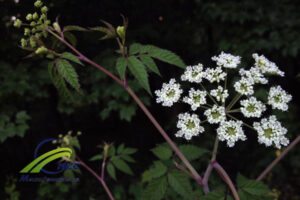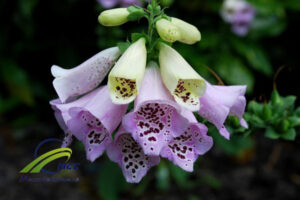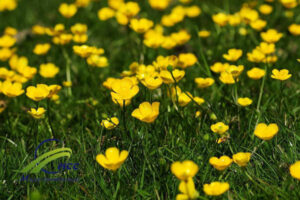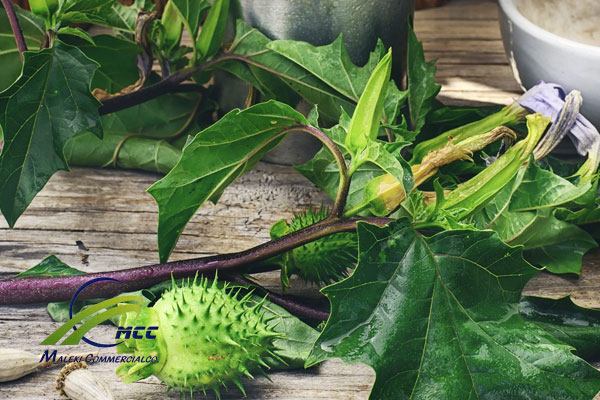Toxic Medicinal Plants
Toxic Medicinal Plants: Today, medicinal plants and their products have extensive pharmaceutical, food, cosmetic, and industrial applications. The products of medicinal plants are very diverse and include herbal teas, powders, tinctures, ointments, creams, syrups, poultice, oil herbal teas, essential oils, extracts, etc. These products have revolutionized the international trade industries.
Although medicinal plants have many beneficial properties, some species may cause allergies.
Knowledge of different types of medicinal plants is the basic condition for their correct use. Some species of herbs are toxic and can even lead to death.
If the use of some herbs exceeds the standard dose, they can cause poisoning. Some other herbs can lead to poisoning and even death if consumed only in small amounts.
Different Toxic Plants
-
 Nerium oleander
Nerium oleander
Oleander, with the scientific name of Nerium Oleander L, is one of the toxic plants.
Specifications of Nerium Oleander
Oleander is a shrub or small tree, growing to 1-3 meters tall. The leaves are 4-9 cm long and 1-2.50 cm broad, narrowly lanceolate with an entire sharp margin, thin lateral veins, parallel, almost straight with sort petioles.
Corolla has a length of 3-4.50 cm, and flowers are light to dark red and rarely white.
Side Effects
The following symptoms arise in the case of overuse:
- Pupil dilation
- Bradycardia (Low Heart Rate)
- Sweating
- Anorexia
- Dysentery
- Seizure
- Unconsciousness
- Death
 Cicuta (water hemlock)
Cicuta (water hemlock)
Plant Specifications
Water hemlock is a plant that grows 1 to 1.50 meters tall. The rhizomes are creeping, tuberous, and thick. The stems have red to brown spots, and the white flowers are arranged in an umbrella shape.
Although this plant has many beneficial properties, its roots and rhizomes are highly toxic. This plant is not recommended in the following groups:
- Children
- Elders
- Breastfeeding women
- Pregnant women
- Patients with renal failure
- Patients with liver problems
- Cardiovascular patients
Side Effects
- Severe spasms
- Vertigo and nausea
- Blurred vision
- Death
-
 The Foxglove
The Foxglove
This plant, with the scientific name of Digitalis Purpurea, is in the category of toxic plants, although it has some beneficial properties.
Plant Specifications
It is a 2-year-old perennial plant that grows to 2 meters tall. The stems are long and hairy, and the leaves are grooved, elliptic–ovate, with rounded teeth (crenate). The flowers are typically purple and pink with white spots, located inside the inflorescence of a long terminal raceme.
Medicinal Parts
- Leaves
- Seeds
Overuse Side Effects
Increased heart rate
Inflammation of mammary glands
- Visual impairment
- Hallucination
- Depression
-
 Buttercups
Buttercups
Buttercup, with the scientific name of Ranunculus Asiaticus, is one of the toxic plants.
Side Effects
- Gastrointestinal swelling
- Inflammation in the urinary tract
- Skin inflammation
- Diarrhea
- Death
Maleki Commercial Group: The largest exporter of medicinal plants
Maleki Commercial Group is the largest exporter of medicinal plants and their products.
This Holding Co. exports rare plants with unique properties, essential oils, and dates in standard packages to Asia, the USA, Europe, Africa, and Australia as EXW, FCA, CPT, CIP, DAT, DAP, FOB, FAC, CFR, CIF.
